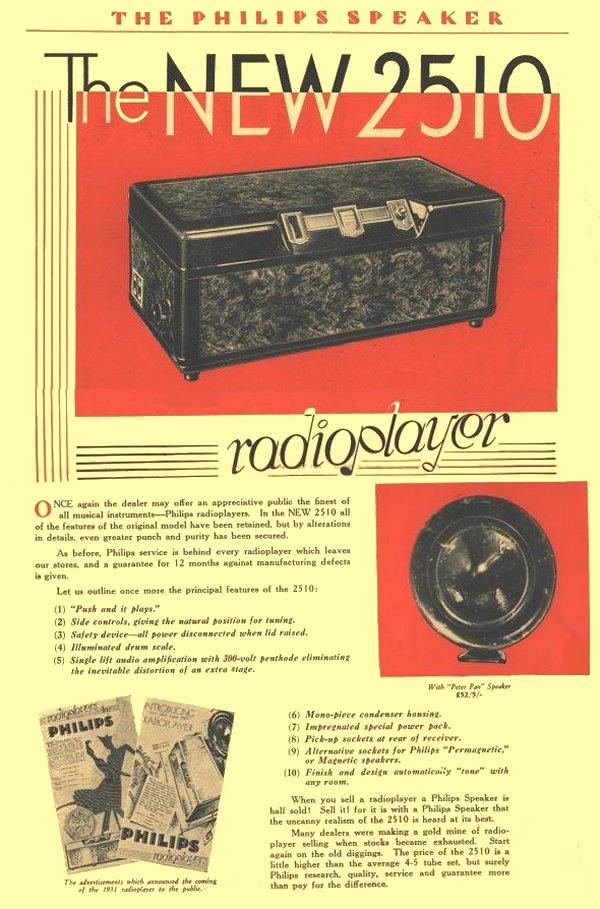
| VK2DYM'S MILITARY RADIO AND RADAR INFORMATION SITE. |
EARLY PHILIPS "RADIOPLAYER" RECEIVERS.
Philips Australia [Philips Lamps (Asia) Ltd.] introduced the new Type 2510 receiver in early 1930. In "The Philips Speaker" for January 1931, details of the 2510 were given showing that it was sold with the Peter Pan speaker for £52/5/-, with the Sevenette speaker for £52/15/- or with a Philips Moving Coil speaker for £53/-/-, a considerable amount for the time, when wages were around £7/-/- per week.

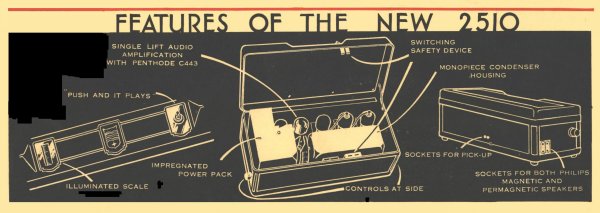
The advert. mentions the "original" model. The first Philips manufactured wireless set was the Type No. 2501, introduced in 1927-28. The case of the 2501 looked very similar to that of the Type 2802 detailed later.
At about the same time as the 2510 was introduced, a low cost model also came on the market. This was the Type 2516, advertised as suitable for nearby or city reception. The metal case looks very similar to that used for the Philips 3003 Power Supply unit.
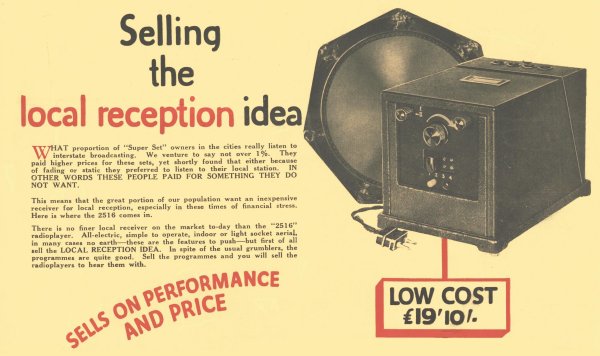

Philips Type 2516 "local reception" receiver.
The Type 2516 had a 4 position jumper selector, called a "quad selector", below which was the push button On-Off switch. The 2516 would usually work with an indoor aerial and no earth but in position 4 of the selector the aerial was connected to the mains through a plug into the light socket (hopefully via a capacitor!). It had a socket for a gramophone input and was claimed to be easily portable so that it could be carried from room to room. The suggested speaker for the 2516 was the low priced Baby Grand.
In addition to the low cost 2516 and the mid-range 2510, in April 1930 Philips brought in the multi-band Type 2802 Radioplayer. This receiver cost £32/-/-, or with a suggested Peter Pan speaker - £38/10/-.
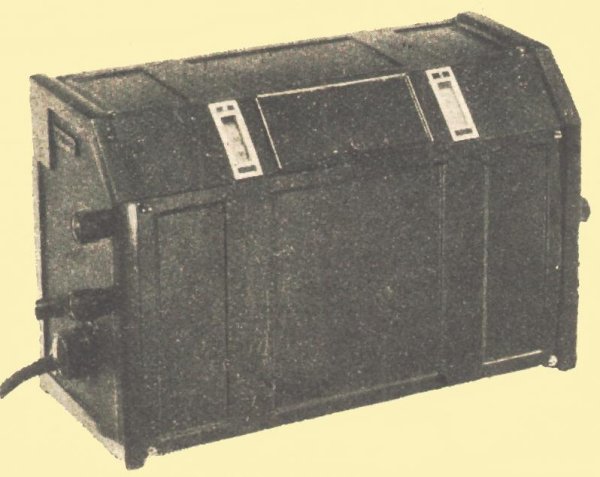
The Philips Type 2802. This
particular model came with a separate metal box containing
6 plug-in coils to
cover the waveband from 10 to 2400 meters.
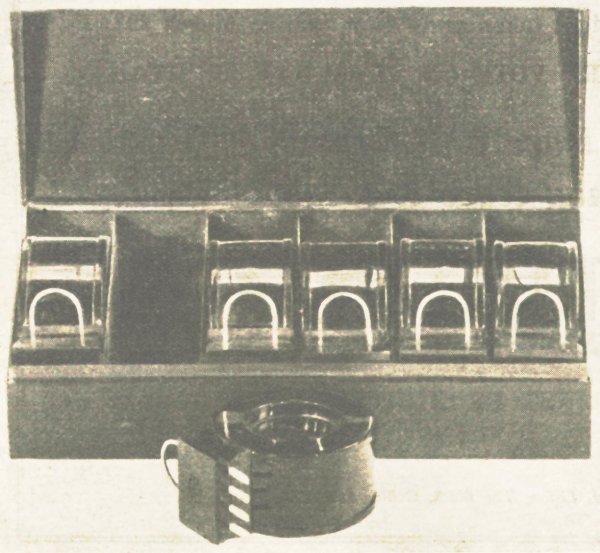
Metal coil box with 6 coils for the Type 2802.
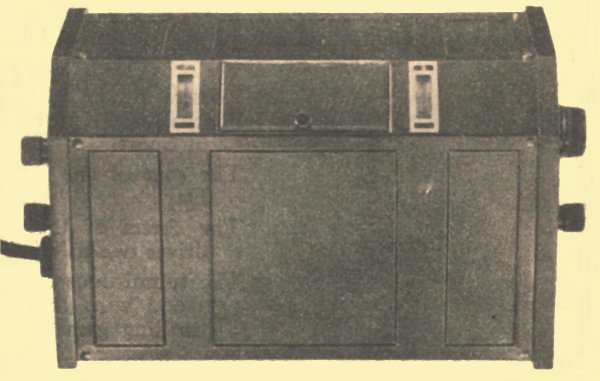
Front view of the Philips 2802 multi-band receiver.
Tuning was accomplished by a single knob on the right side, with other controls also on the ends of the cabinet. A lid in the top centre opened up to allow the insertion of each plug-in coil. The Type 2501 was externally similar but instead of the lid it had a 4 position slide switch.
The valve line-up for the 2802 was an A442 RF amplifier, an A414 detector, an A415 audio amplifier followed by a 2nd audio stage with a B443. One of the audio amps could be switched out of circuit if desired.
Please note, this article is copyrighted.